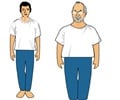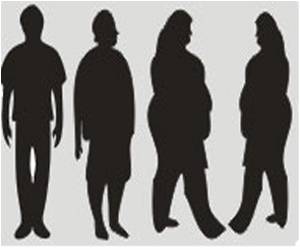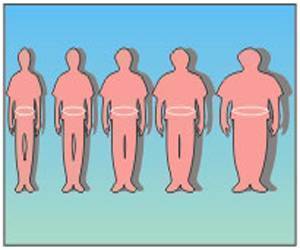The key to a long life is having a waist measurement no more than half your height revealed a study.

Dr. Ashwell who also discovered that apple-shaped obesity is more dangerous than pear-shaped, said BMI was particularly poor at measuring early death due to obesity in women.
The researchers believe that a 30-year-old man with a height of 5ft 10ins should have a waist size which is not more 35 inches.
An increase of waist size to 42 inches or 60% of his height will reduce 1.7 years of his life.
At the same time, a 30-year-old woman who is 5ft 4ins and allows allows her waist size to expand from 32 to 38.4 inches will reduce 1.4 years of her life.
Presently most life and health predictions are based on waist size and Body Mass Index (BMI), which is calculated from a person’s total weight and height.
Advertisement
Dr. Rachel Pyke, of the Royal College of General Practitioners, said: “There is an urgent need for research that shows us how to tackle established obesity – in particular childhood obesity.”
Advertisement
"There is now overwhelming evidence that government policy should place greater emphasis on waist-to-height ratio as a screening tool," says Professor Les Mayhew, who was also involved in the study to be published by the Public Library of Science.
Source-Medindia












